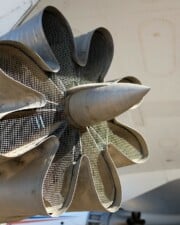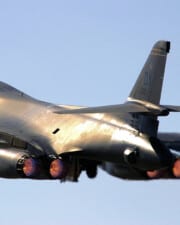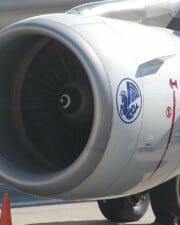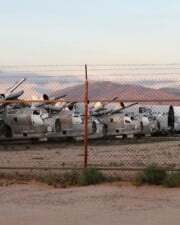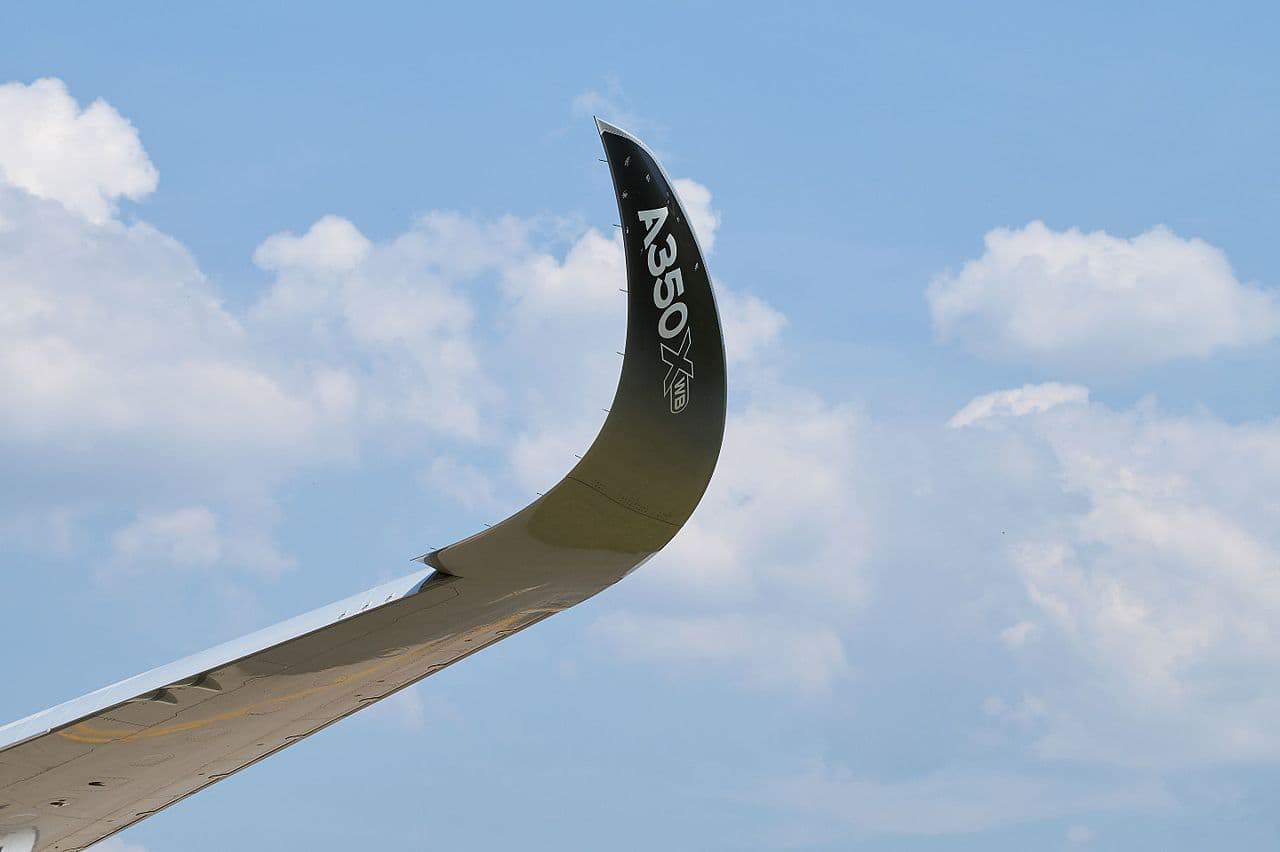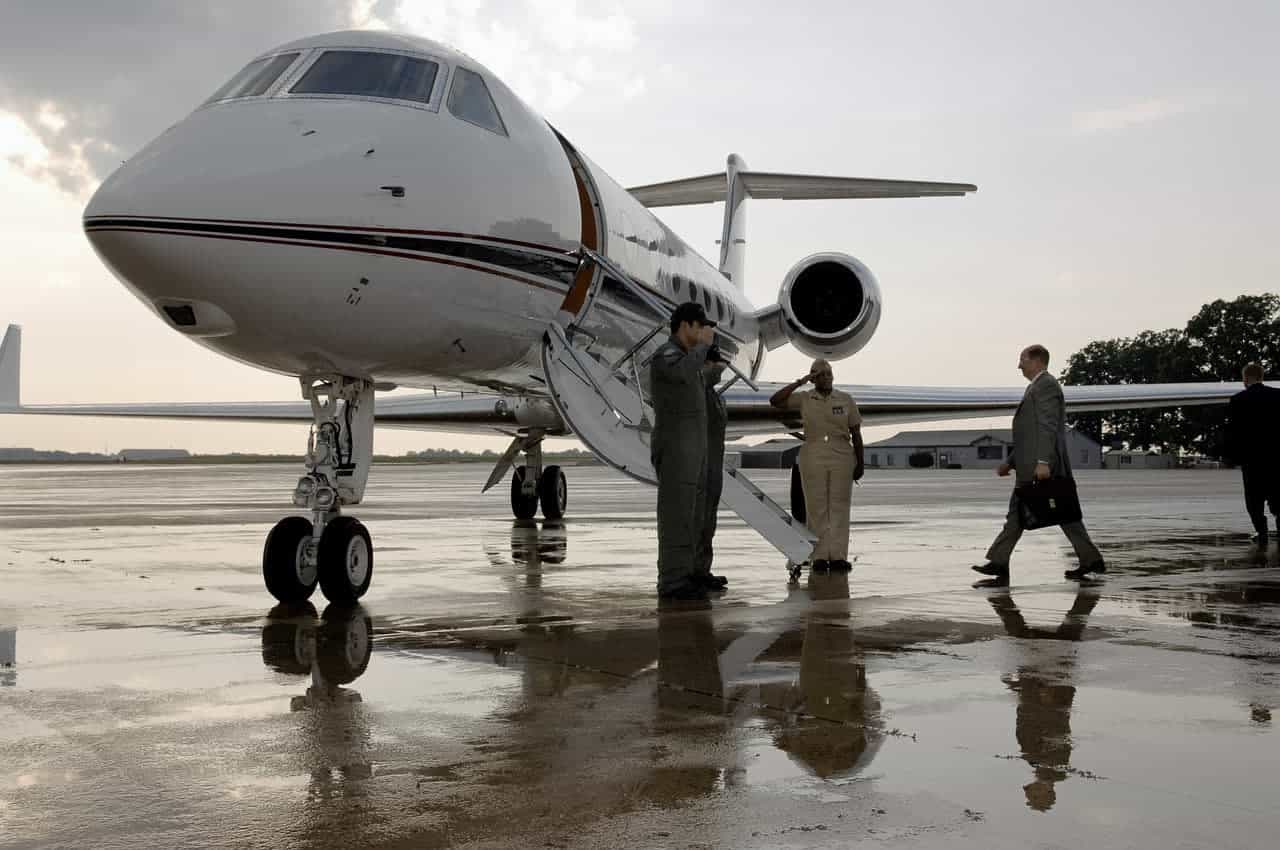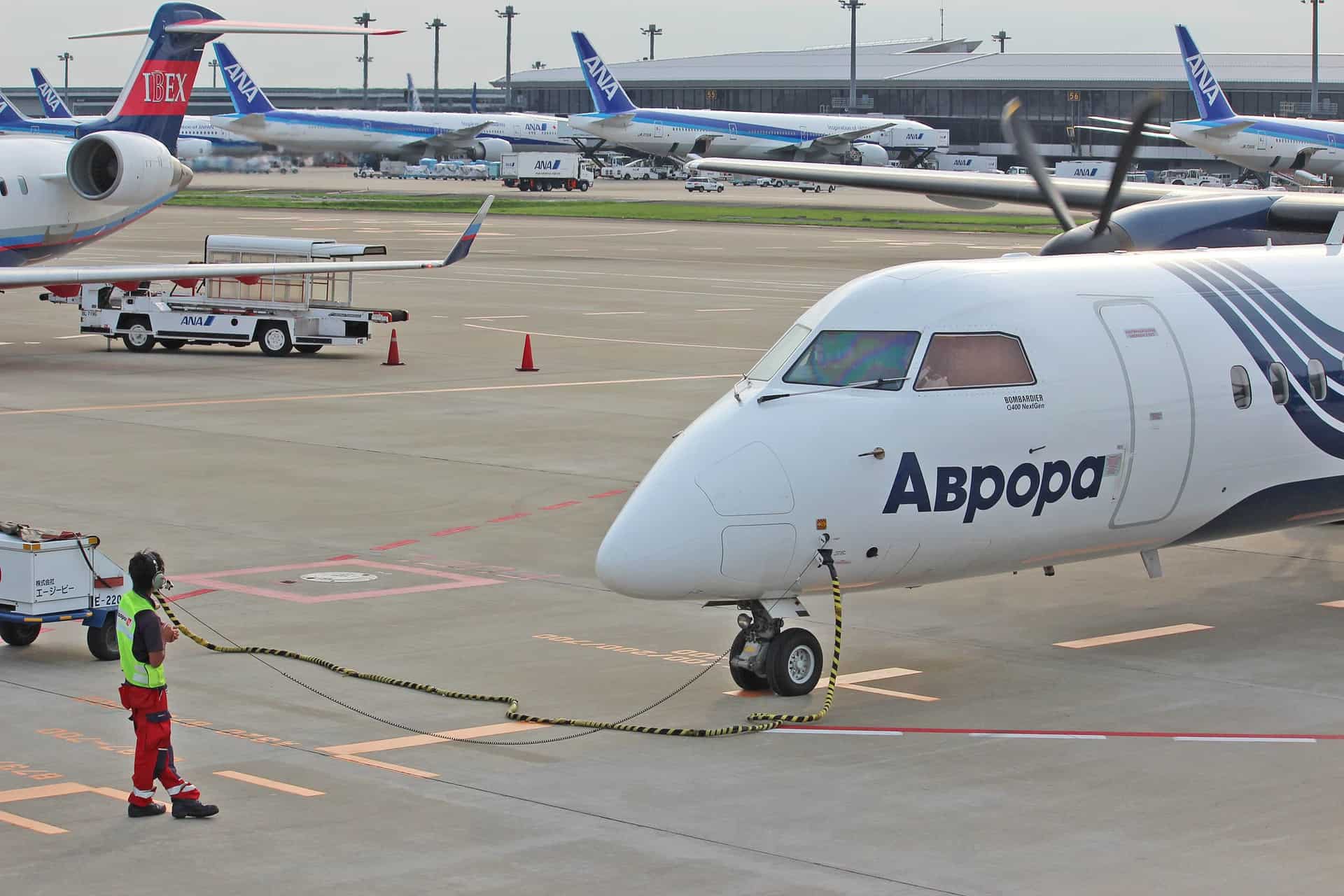Besides worrying about how airplanes survive if they run out of fuel, which they don’t, you could also be wondering how passengers survive in planes with closed windows throughout a flight. Where do aircraft get air from?
Airplanes bring in fresh air from outside the plane and recycle used air to ensure sufficient oxygen and air quality. You don’t have to worry about suffocating when flying in closed aircraft.
What really happens is a good balance of temperature, pressure, and air at different altitudes that keep the plane afloat.
While the amount of heat that the aircraft’s occupants emit influences temperature, altitude affects pressure and quality of air in the airplane.
Table of Contents
Is Airplane Air Fresh or Recirculated?
Airplane air is approximately 60 percent fresh and 40 percent recycled. Airplanes have complex vents in the engines that allow fresh air from outside to flow in.
They also have HEPA (High Efficiency Particulate Air) filters that recycle air in the cabin.
How do Aircraft Recycle Air?
Airplanes recycle air using HEPA filtering systems. These filters function like the ones used in hospital theater rooms.
Most commercial and large aircraft have these filters, except for the regional or domestic ones.
HEPA filters have pores that trap dust particles and other contaminants in the air. The pores attract even tiny particles like bacteria and viruses. The highly effective HEPA filtering system boasts of trapping up to 99.70 percent of contaminants in the air.
How do HEPA Filters Work?
Contaminants in the air are of different sizes; thus, they are removed at different stages in the filtration process. The first step involves eliminating more extensive particles than the filters’ pores.
Air from the cabin reaches the filter’s pores and passes through them. Contaminants like dust particles are more significant than the pores of the filters thus cannot pass through them.
They remain outside the pores and are cleared from the air passing through the filters.
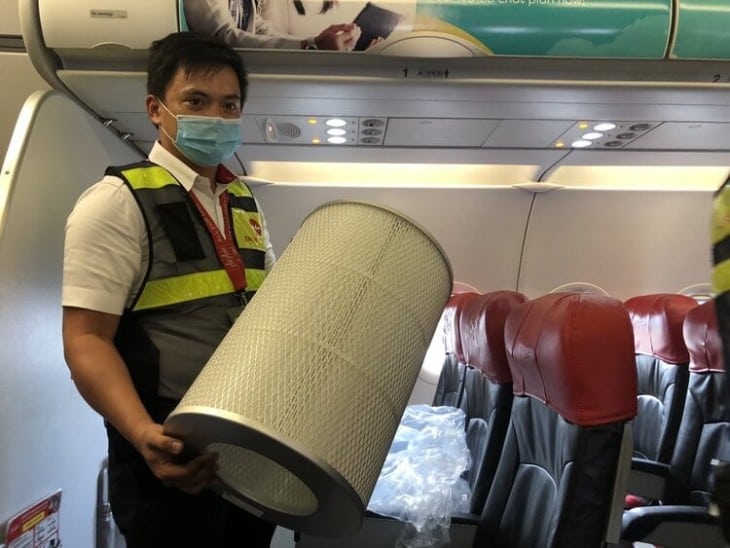
Meanwhile, the other contaminants smaller than the pores passed through the filters, and there must be a way to remove them. These particles are small in size, between 0.3 to 10 microns.
They are denser than the air in the filters and are removed by the magnetic attraction process. These particles get attracted, trapped, and embed themselves on the sides of the filter pores.
The last stage involves the removal of the tinniest substances, less than 0.2 microns. These contaminants could be viruses and bacteria that we cannot see with naked eyes.
They are directed to a section where they move with high Brownian motion, collide with each other, and hit the walls of the pores. They get trapped in the fiber wall. Thus the air leaving the filters is free of dust, bacteria, viruses.
The airplane recycled air is clean and safe for breathing, as bacteria and other contaminants have been cleared. HEPA filters remove up to 99.7 percent of pollutants and are highly effective.
The recycling of air in the cabin occurs about every 2 to 3 minutes throughout the flight. That means the air is recycled 20-30 times every hour.
Recycled air helps to build pressure in the craft and controls fluctuating temperatures in the plane. However, the main reason why airlines recycle air is to reduce ventilation costs.
After the filtered air comes from the HEPA filters, they are mixed with fresh air from the compression chamber then supplied through vents in the plane.
While HEPA filters are effective, they should be maintained and changed after 12 to 18 months of use. However, changing the filters depends on the manufacturer’s recommendation.
Suppose airlines don’t replace the HEPA filters as the manufacturer instructs, the filters will work more efficiently than before, but the amount of filtered air reduces.
This poses risks of spreading infectious diseases as the passengers breathe impure air.
How Aircraft Bring in Fresh Air
Aircraft bring in about 60 percent of the air in the plane from outside. The remaining 40 percent is recycled air at the cabin on the plane.
Let’s understand how a plane brings fresh air from outside into the aircraft.
First, we’ll debunk the idea that the higher the altitude a plane reaches, the lesser oxygen is available in the atmosphere.
We can almost agree that this idea is accurate, but that’s usually not the case.
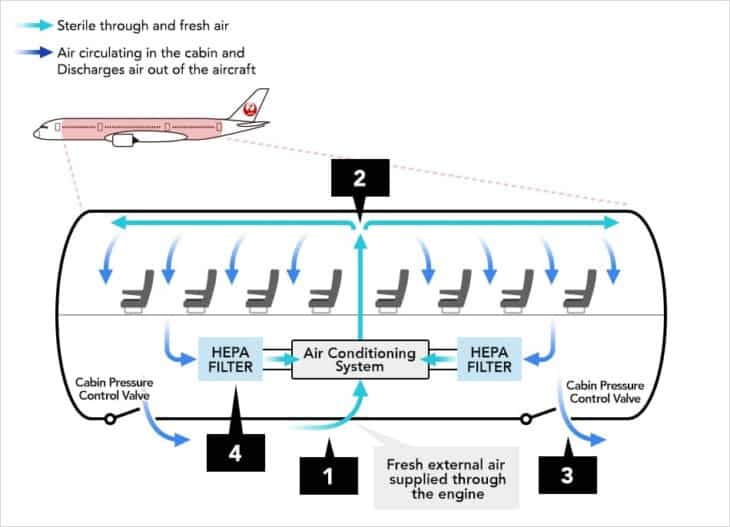
As the planes fly to higher altitudes, the amount of oxygen in the atmosphere doesn’t decrease. It remains constant whether at ground level or above the highest mountains.
However, higher altitudes decrease the pressure of available oxygen outside, as reported by the U.S. National Library of Medicine.
Remember, the fresh air in the plane must be at favorable pressure to make breathing easier. You’ll learn how the plane balances air pressure in the following few lines.
Fresh air from the atmosphere is sterile. Besides, onboard filters are fitted to trap germs and keep the air clean. Planes have fans near the front engine that bring fresh air from the atmosphere above 10,000 meters altitudes.
The air passes through complex vents in the engines into the aircraft. Because the fresh air’s pressure could be lower than the expected level, it is taken to a compression chamber to make it suitable for breathing.
The air is compressed until it achieves the desired density. During the compression process, the air becomes hotter than before, needing cooling.
The air is then directed to a conditioning pack, and its high temperatures are minimized.
Next, fresh and recirculated air combine in a mixing fold and are distributed downward (from the ceiling to the floor) through the air and connecting ducts.
Downward direction minimizes chances of breathing air taken by other passengers, ensuring the air is safe.
Meanwhile, some air is removed from the plane through the return air grills.
Recycling and bringing fresh air into the plane ensures enough oxygen to sustain the onboards throughout the flight session.
How Clean is Aircraft Air?
The aircraft air is 99.99 percent clean and proved safe for breathing. About 60 percent of fresh air comes from outside the plane, while 40 percent is recycled.
The fresh air is sterile, filtered, and goes through a compression chamber to achieve a suitable pressure safe for breathing. Recycled air enters the cabin through the ceilings and leaves under the window seats.
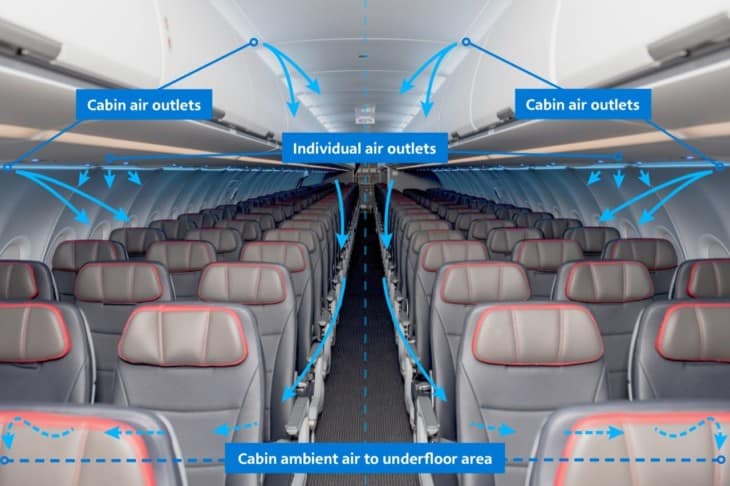
This air goes to the HEPA filters, which trap dust, bacteria, and viruses. HEPA filters remove 99.7 percent of contaminants from the air. Recycled air leaves the cabin and mixes with fresh air from the cooling chamber.
Because air circulating in the plane is composed of filtered fresh and recycled air passed through HEPA filters, we ascertain that the air is clean and safe for breathing.
Surprisingly, a study by the European Union Aviation Safety Agency done in 2017 revealed the air in the plane is more pristine than in our homes, offices, or restaurants because it is filtered more often.
What Are Some of The Factors That Affect Aircraft Air Quality?
Aircraft recycle and bring in fresh air to ensure the passengers breathe pure air. However, pesticides, poor ventilation, and the transfer of infectious diseases sometimes make the air unhealthy for breathing.
Let’s dive deep to understand how these factors affect air quality in the plane.
Use of Pesticides
To control the spread of diseases related to insects and flies, some airlines spray pesticides to planes to kill the predators. The crew can spray the pesticide before passengers board the aircraft, during the flight, or after landing. Different airlines employ different policies.
Pesticides used on board aircraft are remarkably long-lasting – lasting up to eight weeks in some cases! Unfortunately due to their nature, some passengers suffer from rashes or skin irritations after coming into contact with them.
They can also breathe air saturated with chemicals during flights, potentially posing a risk of respiratory illness. However, nearly all countries regulate the use of pesticides to ensure this shouldn’t happen.
Ventilation problems
The cabin pressurization system regulates the pressure levels when the aircraft reaches a higher altitude of more than 25,000 feet. The ventilation system ensures a good balance of air taken from outside the plane and recycled ones.
Through the system, fresh, breathable air is available to passengers.
However, ventilation problems may arise due to insufficient air packs operating on higher altitudes. Not changing the HEPA filters regularly as recommended by the manufacturer can also affect the purity of recycled air in the cabin.
Poor ventilation system makes the air less impure, as the filter system in the cabin doesn’t purify enough air to circulate in the plane.
Old Airplanes Without HEPA filters
Although almost all new commercial aircraft have HEPA filters that remove bacteria and viruses from the air, older commercial regional aircraft often lack these filters, potentially aiding in the spread of certain infectious airborne diseases.
Infectious diseases like the common cold spread from one passenger to another when infected people sneeze during flight, spreading the virus or bacteria into the air.
Without a HEPA filter to remove these dangerous particulates, passengers will potentially breathe these infectious particulates in, and catch the disease.
Fortunately, unless you are flying on a small airline operating small aircraft over 40 years old, this is unlikely to affect you thanks to the HEPA filter.
Related Posts



